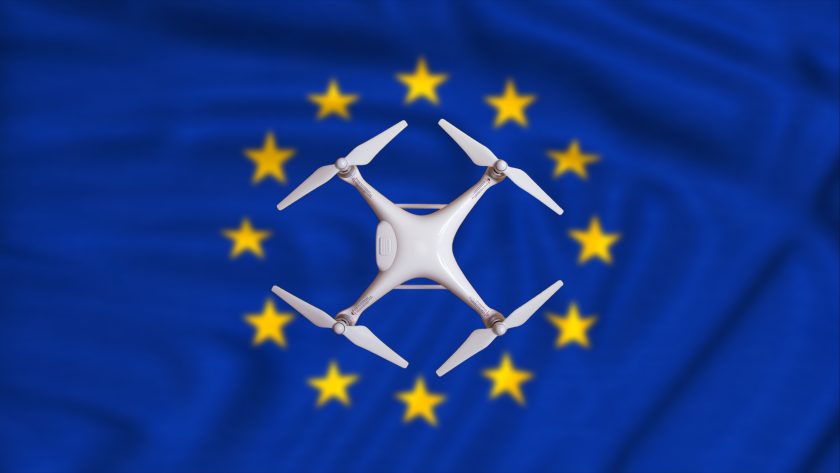The European Union Aviation Safety Agency (EASA) has published ED Decision 2025/018/R – a “Regular update of the AMC and GM to Commission Implementing Regulation (EU) 2019/947 — Operation of drones in the ‘open’ and ‘specific’ category | AMC & GM to Commission Implementing Regulation (EU) 2019/947 — Issue 1, Amendment 3”
“This Decision issues amendments to the acceptable means of compliance (AMC) and guidance material (GM) to Implementing Regulation (EU) 2019/947 in order to introduce the latest version of the Specific Operations Risk Assessment (SORA) 2.5 package, developed by the Joint Authorities for Rulemaking on Unmanned Systems (JARUS),” said the Agency. “The aim is to introduce simplifications while maintaining a high level of safety for the operation of unmanned aircraft systems (UAS) in the ‘specific’ category. Additionally, the aim is to enhance the level of harmonisation as regards the implementation of the Regulation and promote a level playing field.”
The publication has been welcomed by the European drone industry.
“The adoption of EASA – European Union Aviation Safety Agency Decision 2025/018/R provides long-awaited clarity on the application of SORA 2.5,” said the Joint European Drone Associations (JEDA). “ For Europe’s drone operators, manufacturers, and authorities, this is a milestone in ensuring a more harmonised, predictable, and practical framework for operations in the Specific Category. JEDA welcomes these developments, which bring a clearer structure for risk assessment and mitigation; improved alignment across Member States, reducing uncertainty for operators; and a stronger foundation for innovation and safe growth of the European drone sector….This is a positive step towards building a safe, secure, efficient, and innovative European drone ecosystem.
According to a post from Julie Garland, JEDA president: “SORA 2.5 will simplify the authorisation process for UAS operations in the specific category by : clarifying text making it easier for UAS operators to meet the expectations of competent authorities; reducing the room for interpretations enabling more harmonised implementation across Member States; lowering the amount of evidence required for obtaining an authorisation for most Visual Line of Sight (VLOS) operations classified as low risk (SAIL II); relaxing certain requirements, in particular those related to the containment of drones within the operational volume.
“SORA 2.5 requires the use of population density maps. To support this requirement, EASA, in cooperation with the European Commission’s Joint Research Centre (JRC) and the Copernicus, has developed dedicated population density maps. This is an excellent example of using data funded by different EU projects.”
For more information
https://www.linkedin.com/feed/update/urn:li:activity:7378492160566009857/




